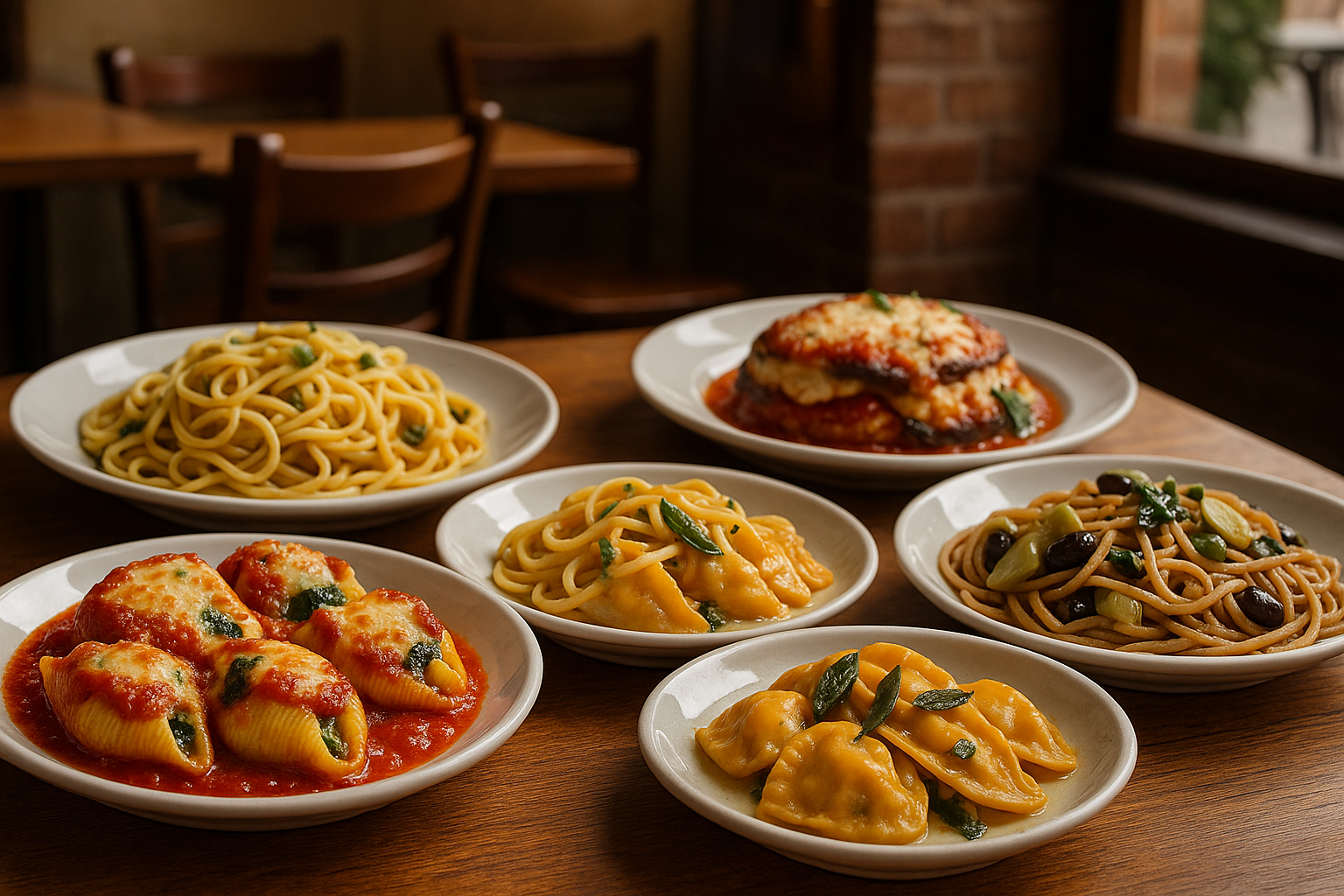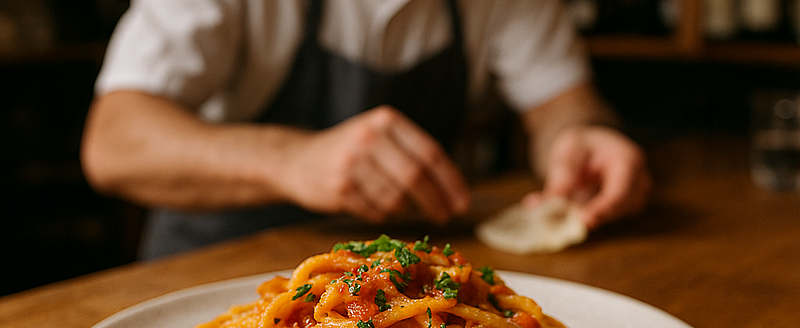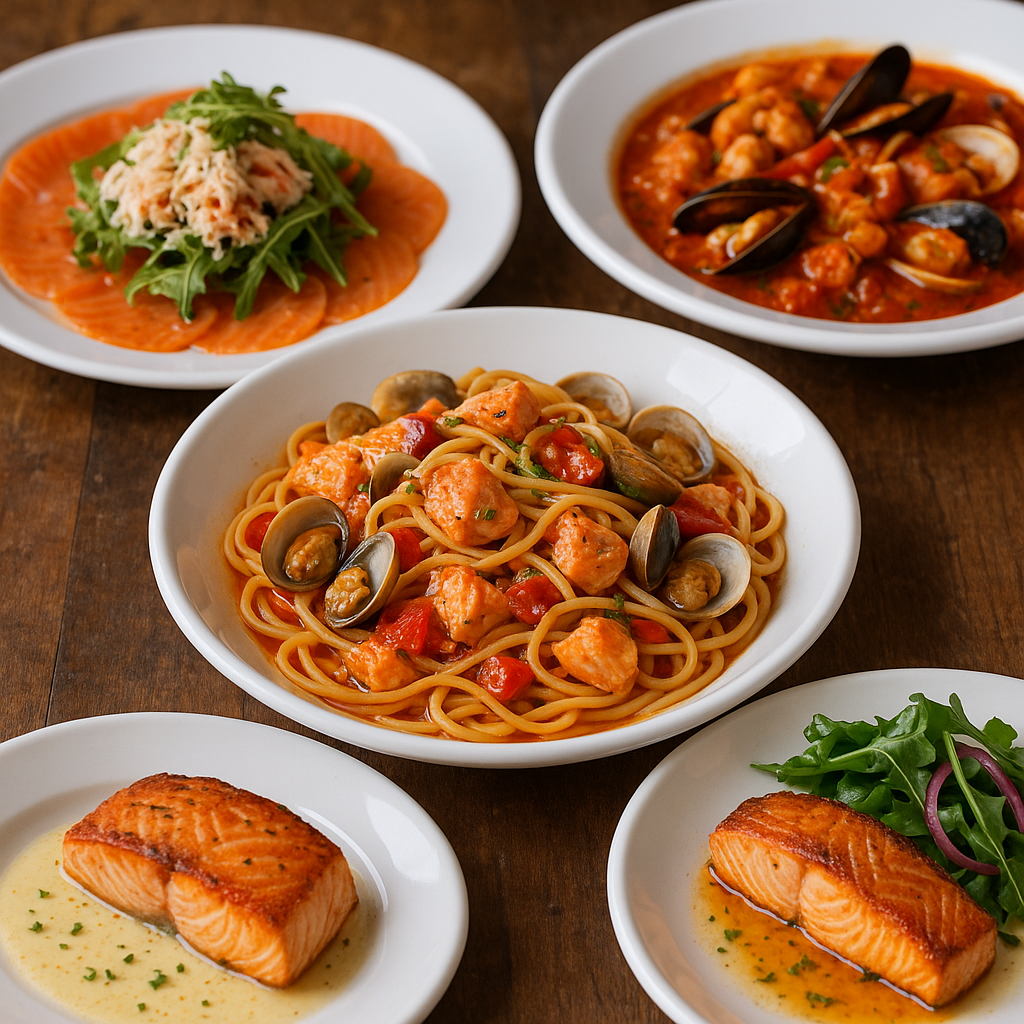'Tis the Seasoning: A Brief Guide to Italian Herbs
What's your favorite part about Italian food?
If your answer was "that delicious Italian herb seasoning," this is the article for you. And if you're sitting there unable to decide (we're with you on that), here's something to read while you figure out what to order for your next meal.
Taking a moment to notice the beautiful blend of herbs and spices in your food can help you appreciate an Italian meal even more. We'll take you on a journey behind the magic of Italian herbs.
Garlic: The Non-Herb Among Italian Herbs
Can you imagine what an Italian herb blend would be without garlic?
Neither can we! Botanically speaking, garlic is a vegetable—but we're including it at the top of this herb list because its value is in its delicious, potent flavoring.
Basil
One of the main dishes that has made basil so famous is the classic basil pesto pasta. (If this is what you're craving, make sure to try our fettuccine with basil pesto Alfredo sauce.)
But, like garlic, basil is a quite versatile flavor, and it packs a punch in a wide variety of Italian dishes.
Oregano
Did you know oregano is part of the mint family? Rather than conveying mint's sharp, cooling sensation, though, oregano adds a warm component to a well-blended mix of herbs.
Oregano very popular in pizza dishes, for good reason. This earthy herb blends amazingly with pizza sauces and dough.
Marjoram
If you've never heard of marjoram before, here's your chance to find out. And if you have heard of marjoram, you might be under the mistaken impression that it's the same thing as oregano.
While the two herbs are very similar, marjoram is milder and woodsy. Sometimes the names of these herbs overlap. A common type of oregano can also be called wild marjoram, and some countries call marjoram "sweet marjoram" (while using the word "marjoram" to describe oregano).
If all this terminology is making your head spin, don't worry about figuring it all out. Let your taste buds do the work for you!
Capers
Some of our favorite dishes come with optional capers, like our heavenly veal piccata. These tiny, flavorful spheres are actually young flower buds.
If you like pickles and other briny foods, chances are you'll love capers in Italian seasoning. But even if those flavors feel too strong for you, the small size of the caper itself might strike the perfect balance. Paired with something buttery, the tangy taste of capers is almost too good to be true.
Parsley
We love parsley for its fragrant presence and beautiful look as a garnish. Just a sprig's worth of parsley can instantly add complexity and a delicious aroma to almost any dish.
Parsley's wide leaves contain a fresh yet flavorful combination you have to taste to believe.
Come Get a Taste for Yourself!
We've only scratched the surface of our long list of delicious Italian herbs. Beyond these examples, there's also rosemary, thyme, and bay leaves. Just talking about them is enough to make our mouth water.
But imagination will only get you so far. Call us today to taste the herbs for yourself!
‹ Back







Comments